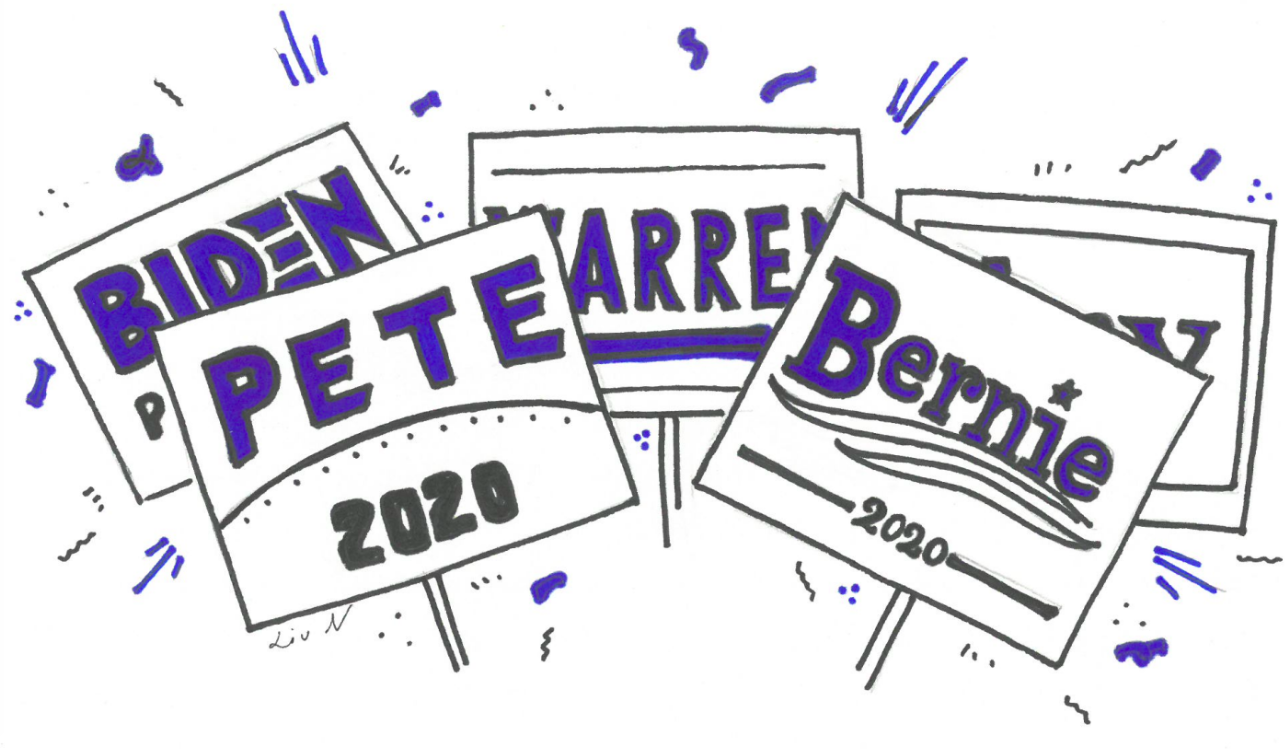
On Feb 3., caucus-goers across the state of Iowa made a decision that could determine the outcome of the Democratic primary. At least that is what history tells us. In every caucus since 1992, the Democratic winner has gone on to secure the party’s nomination. The results of the caucuses can usually show who is going to rise to the top, but in this instance, voters are more unsure about the process than ever.
On Monday night, people across the nation settled in and waited for results to roll in. To everyone’s surprise, the results would not be released until the following day, with Democratic Party officials citing problems with an app used to count the choices of caucus-goers. The app, developed by Shadow Incorporated, was said to have been inadequately tested before it was used during the caucuses. An extensive recounting process took place, but failed to clarify what really happened and who truly won. As of now, Pete Buttigieg has been declared the winner, with 26.2% of the vote and 13 delegates. In an extremely close second was Bernie Sanders, with 26.1% of the vote and receiving 12 delegates.
Despite these being the official delegate counts, many people have expressed their doubt with the validity of the results. The Associated Press has said that it is unable to declare a winner and one look at social media will present numerous suspicions about Buttigieg’s victory. It is safe to say that this experience highlighted the numerous problems that I and many people have with the caucus process.
My primary issue with the Iowa Caucus is the concept of caucusing itself. Caucusing is an outdated, inefficient and inherently problematic way of determining the popularity of various candidates. A caucus involves members of a community congregating at a community center like a gymnasium. Caucus-goers will go to a corner that represents their favored candidate. In order to be considered viable, the candidate must have at least 15% of participants in their corner. If their first pick does not reach this viability threshold, the voters must go to the corner of their second choice. After the re-caucusing process, the number of participants in each area is counted.
As one can tell from this description, the caucus process can take hours from a citizen’s day. The time commitment of a caucus has the potential to exclude many eligible participants, especially those who work lengthy hours and those with children. The New Hampshire primary that occurred Feb. 11 demonstrated that there is a way to determine voters’ candidate preferences while still being time efficient. The results of the primary were relayed shortly after the polls closed.
I also took issue with the use of an app to tally results. There has been a lot of speculation about the motivations of the app developers and their connections to the Buttigieg campaign. The Buttigieg campaign reportedly paid the company $42,500 for their texting services. A founder of the corporation that created Shadow Inc. is married to a senior strategist on the Buttigieg campaign. These connections are concerning, and while I am not saying they changed the results to give Buttigieg an advantage, they are still important to note. Apart from this, the app complicated the process even more because of its shortcomings in reporting the results.
The final qualm I have will the Iowa Caucus is its lack of representation. The United States Census Bureau reports that Iowa is approximately 90.7% white. A Gallup Poll suggests that the Democratic Party is about 60% white. Iowa simply does not contain the demographic diversity needed for adequate representation. The Iowa Caucus holds so much significance when determining the Democratic nominee, but because of its lack of diversity it cannot be a true representation of the party as a whole.
This year’s Iowa Caucus highlighted why caucusing is so problematic. It is a long process that has a difficult time yielding significant results. An alternative to this could be switching exclusively to primaries in key states, or updating the way caucus results are counted. If this moment taught us anything, it is that something has to change.
Subscribe to the Mossy Log Newsletter
Stay up to date with the goings-on at Lewis & Clark! Get the top stories or your favorite section delivered to your inbox whenever we release a new issue.

Leave a Reply